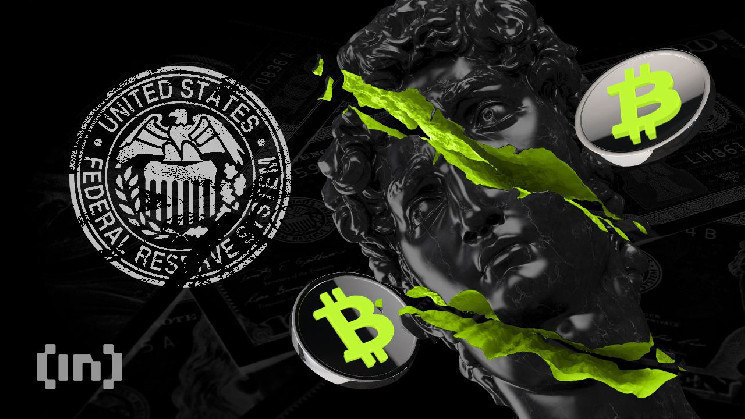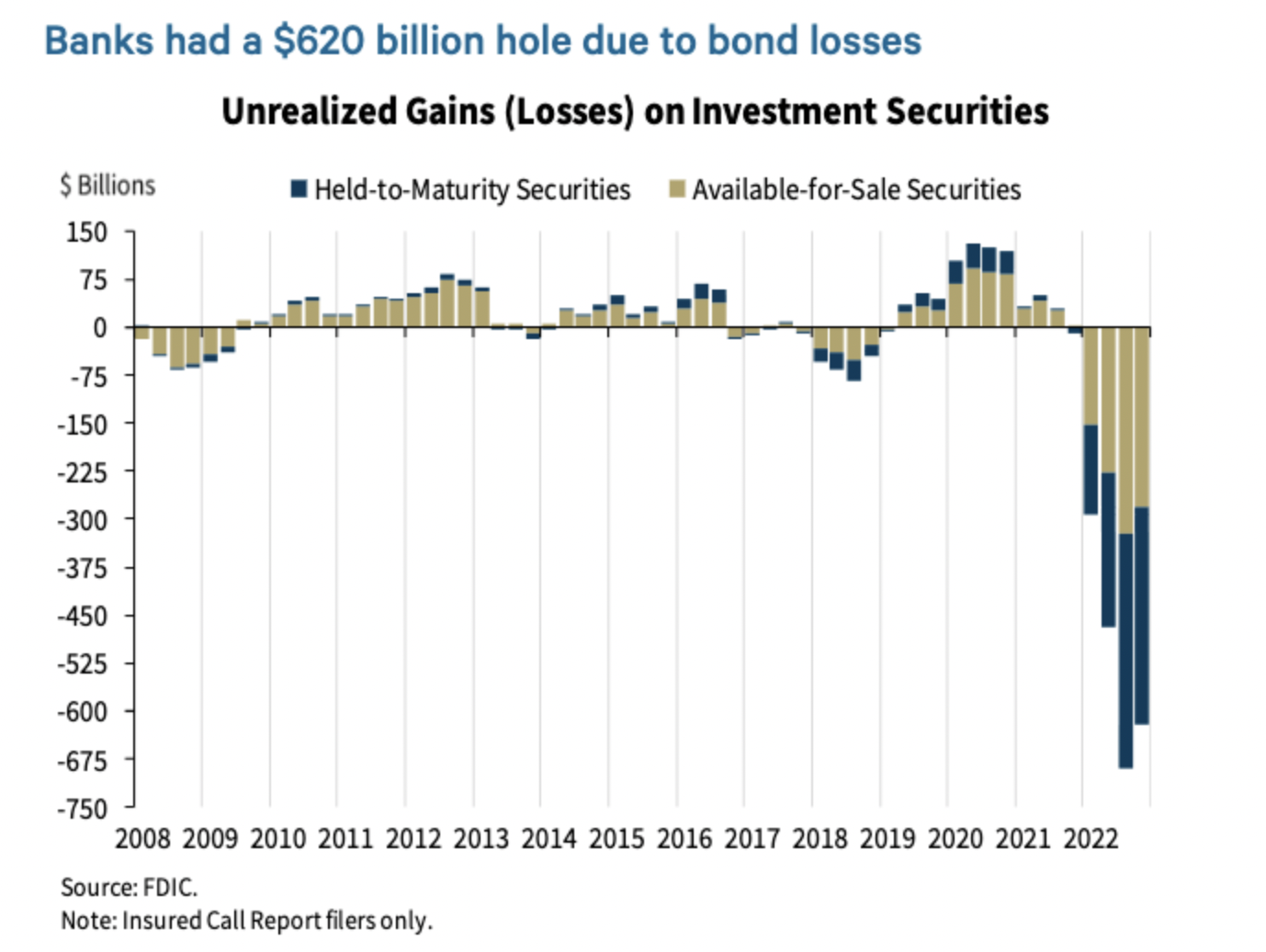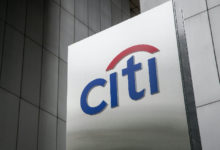Money Printer Go Brrr – How the Fed Printed $300B to Bail out Banks

The Federal Reserve (Fed) has expanded its balance sheet by nearly $300 billion to help banks out with loans. So can we expect the return of quantitative easing (QE)?
The Fed announced that the banks hit with a liquidity crunch had borrowed almost $300 billion in the past week. With this bailout, the economist Peter Schiff believes the QE is back. He predicts that inflation is headed much higher because the Fed has wiped out almost four months of quantitative tightening (QT) in one week.
Fed Rescues Banking System With Money Printing
According to Fortune, the Fed allocated $143 billion to holding companies for failed banks such as Signature Bank and the Silicon Valley Bank. The holding companies will use the money to make the depositors whole.
Then, the Fed lent $148 billion through a program called the “discount window.” The amount is record-high than the usual borrowing through the program. According to The Guardian, only $4 to $5 billion is borrowed in a given week through the discount window.
Last Sunday, the Fed inaugurated Bank Term Funding Program (BTFP) and lent $11.9 billion. This program helps the bank raise funds to meet the needs of all depositors.
What Do the Experts Say?
In total, the U.S. central bank has assisted the banking system with nearly half the amount that it did during the 2008 crisis. Michael Feroli, a JPMorgan economist, believes it is a big number. He says, “The glass half-empty view is that banks need a lot of money. The glass half-full take is that the system is working as intended.”
Nikolaos Panigirtzoglou, a JPMorgan strategist, estimates that the Fed might inject $2 trillion into the US Banking system and reverse the impact of the QT. Gaurav Dahake, the Chief Executive Officer of Bitbns, told BeInCrypto, “Over time, it pushes Bitcoin over $50,000, and Bitcoin halving is about a year away now.”
Banks Have an Unrealized Loss of $620 Billion
The banks purchased government bonds with extra deposits due to the QE during the 2020 covid crisis. But, with the increase in interest rates, the price of the bonds fell, and the banks are sitting with huge unrealized losses.
The co-founder of BitMEX exchange, Arthur Hayes, writes, “Banks are carrying an unrealized $620 billion in total losses on their balance sheets due to their government bond portfolios losing value as interest rates rose.”

Source: Medium
Last month, the People’s Bank of China also turned to Quantitative Easing mode by injecting $92 billion into the market.






 Bitcoin
Bitcoin  Ethereum
Ethereum  Tether
Tether  USDC
USDC  TRON
TRON  Dogecoin
Dogecoin  Cardano
Cardano  Bitcoin Cash
Bitcoin Cash  Chainlink
Chainlink  Zcash
Zcash  LEO Token
LEO Token  Monero
Monero  Stellar
Stellar  Litecoin
Litecoin  Hedera
Hedera  Dai
Dai  Cronos
Cronos  Tether Gold
Tether Gold  OKB
OKB  Ethereum Classic
Ethereum Classic  KuCoin
KuCoin  Gate
Gate  Algorand
Algorand  Cosmos Hub
Cosmos Hub  VeChain
VeChain  Tezos
Tezos  Dash
Dash  TrueUSD
TrueUSD  Stacks
Stacks  IOTA
IOTA  Decred
Decred  Basic Attention
Basic Attention  Theta Network
Theta Network  NEO
NEO  Synthetix
Synthetix  Qtum
Qtum  0x Protocol
0x Protocol  Ravencoin
Ravencoin  DigiByte
DigiByte  Zilliqa
Zilliqa  Nano
Nano  Holo
Holo  Siacoin
Siacoin  Numeraire
Numeraire  Waves
Waves  Ontology
Ontology  Status
Status  BUSD
BUSD  Enjin Coin
Enjin Coin  Hive
Hive  Pax Dollar
Pax Dollar  Lisk
Lisk  Steem
Steem  Huobi
Huobi  OMG Network
OMG Network  NEM
NEM  Bitcoin Gold
Bitcoin Gold  Augur
Augur